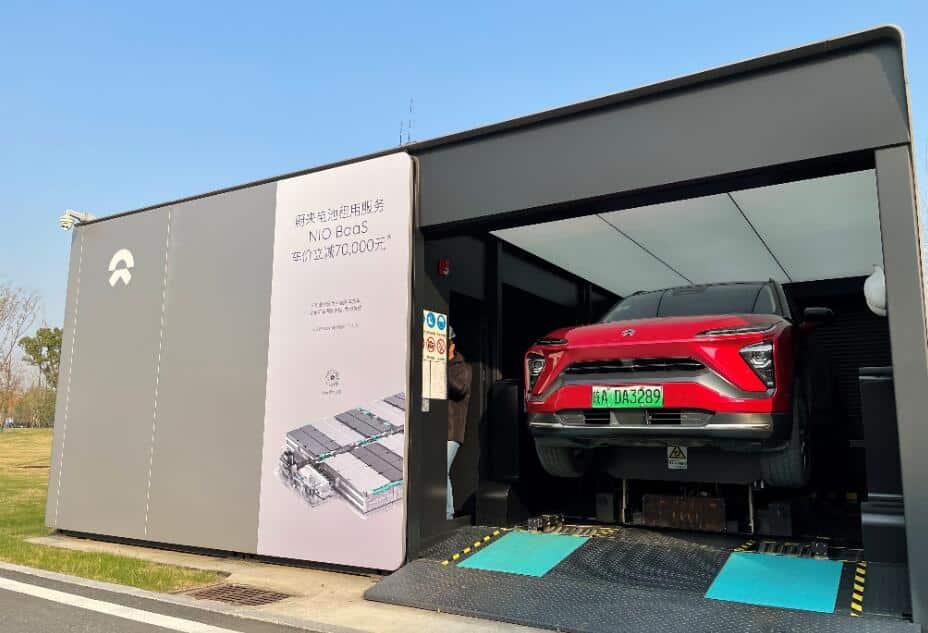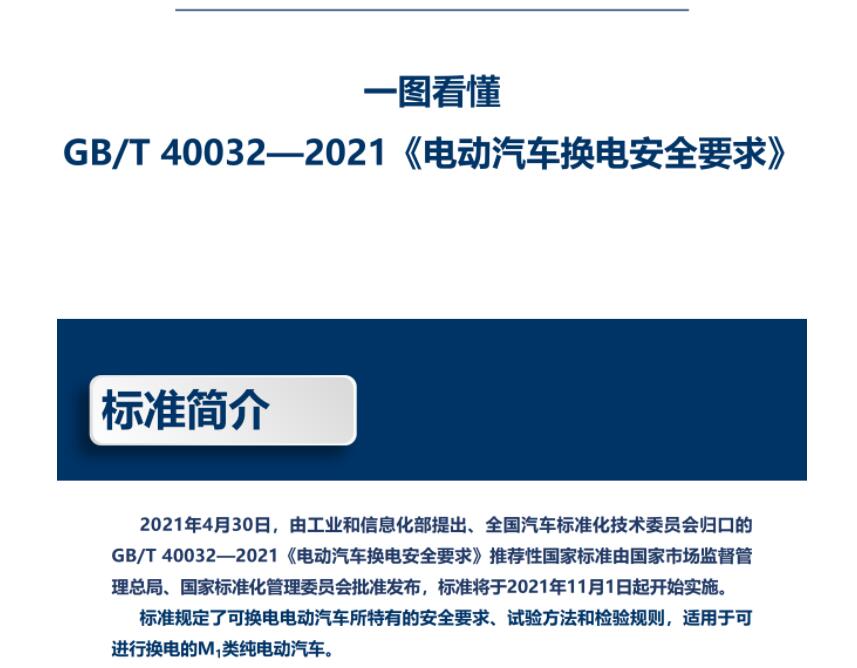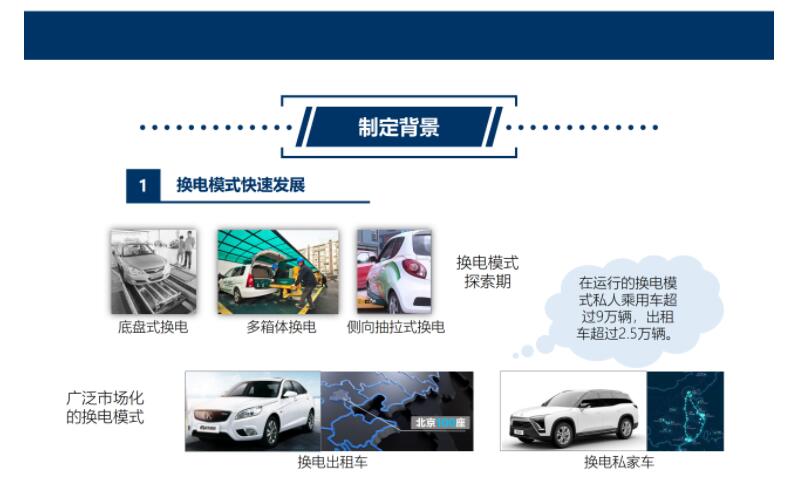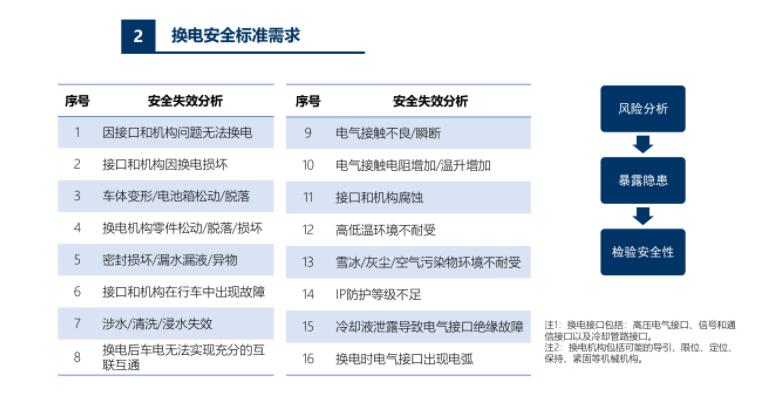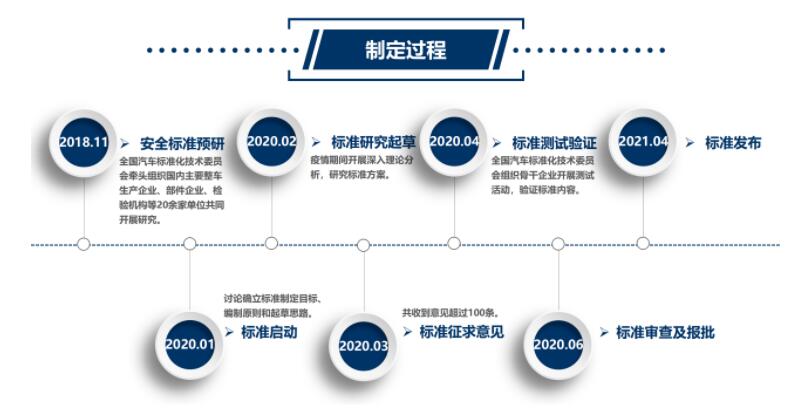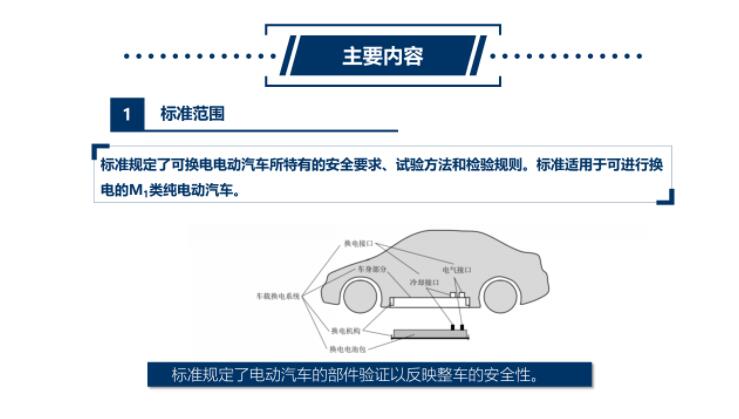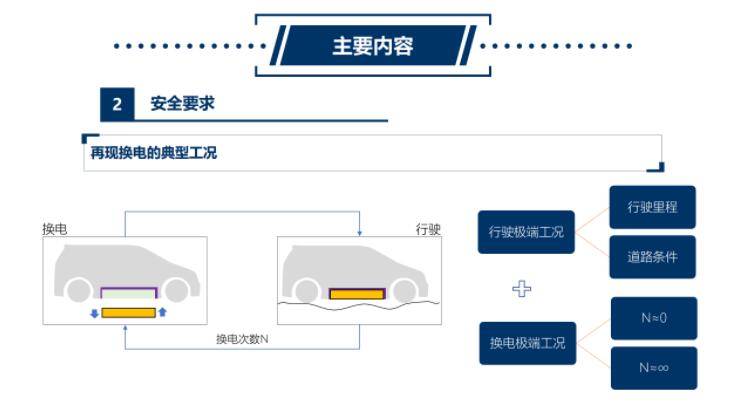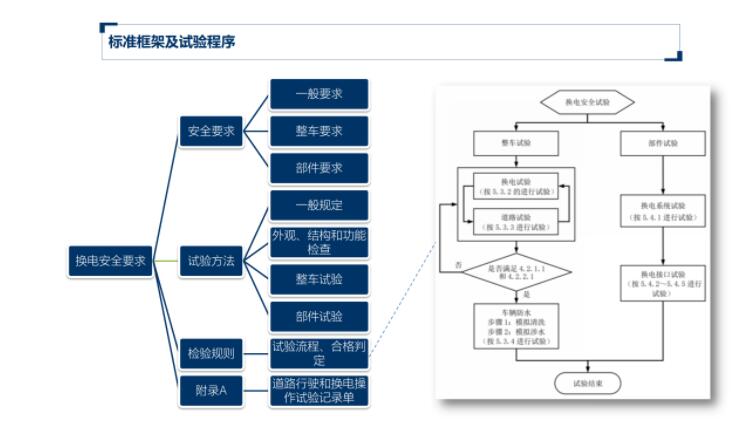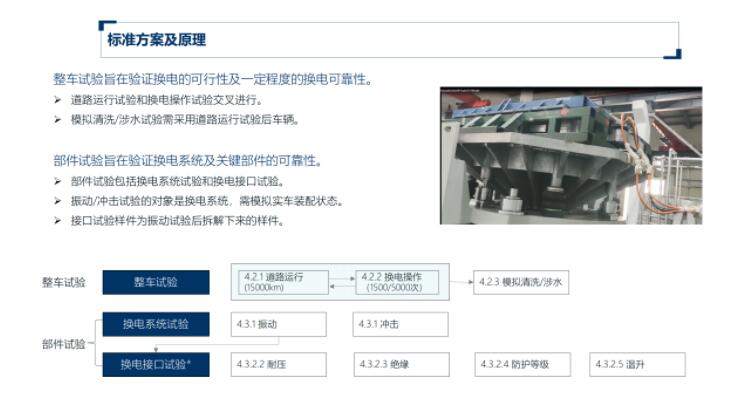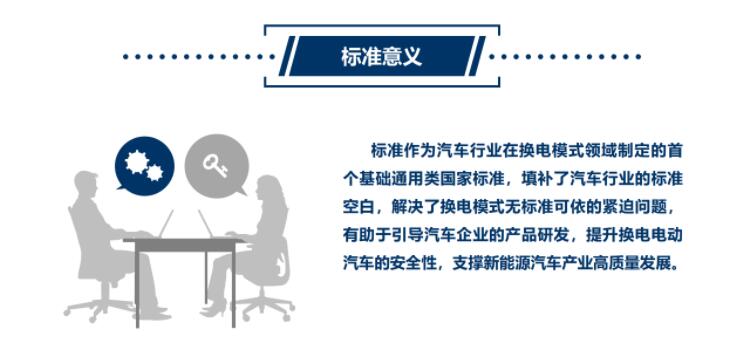The lack of uniformity in standards, considered the most important obstacle to the development of the battery swap model of electric vehicles in China, is now expected to be alleviated.
China's State Administration for Market Regulation (SAMR) earlier this month approved the National Standard for Battery Swap Safety Requirements for Electric Vehicles (GB/T 40032-2021), making it the industry's first mandatory standard governing the development of the battery swap model.
The standard, drafted by companies including Nio, Beijing Electric Vehicle Co Ltd, and Geely, will come into effect on Nov. 1 this year, specifying safety requirements, test methods, and inspection rules for battery swappable electric vehicles.
The SAMR said the standard is the first basic national standard in the battery swap field in China's automotive industry, which will help improve the safety level of electric vehicles using battery swap technology in terms of mechanical strength, electrical safety, environmental adaptability, and other aspects to ensure the safety of battery swap electric vehicles.
The process for the development of the standard, released by China's Ministry of Industry and Information Technology (MIIT) on May 10, shows that it began pre-study in November 2018, drafting in February 2020, and soliciting public comments in March 2020.
According to the standard, models with snap-on batteries need to be able to support at least 5,000 battery swaps, while models with bolt-on batteries need to be able to support at least 1,500 battery swaps.
Currently, battery swap-enabled vehicles are already in production, with Nio being the only vehicle company to deliver such vehicles on a large scale to the general consumer.
Beijing Electric Vehicle is offering a large number of these vehicles to the cab market.
Since last year, the battery swap model has received strong support from Chinese policy, with several government departments mentioning support for the construction of battery swap infrastructure.
Last April, China set a requirement that subsidies for the new energy vehicle industry must be priced under RMB 300,000, but battery swap-enabled models are exempt from this requirement, allowing the high-end Nio to continue to enjoy past subsidies.
As for why China supports the development of the battery swap model, Vice Minister of MIIT Xin Guobin mentioned the advantages of the model at a conference last year. Here is what he said:
First, the battery swap model allows the body to be separated from the battery, which can reduce the cost of purchasing a vehicle for consumers.
Second, the battery swap time is shorter than the time to fill a tank of gas, which can make consumers travel more conveniently.
Third, the battery operation company will monitor, maintain and manage the battery centrally, which is conducive to extending the life of the power battery and improving the safety of the battery.
Fourth, such batteries can be charged at preferential rates during off-peak hours, thus reducing charging costs.
Fifth, consumers can consider how large the capacity of the battery rented that day according to the daily mileage, saving energy.
Sixth, the battery swap model can also give rise to new service models.
The following is a brief description of the standard from MIIT on May 10:

